Reference question: A friend who has a 7-year-old who has been asking, “What are dreams?” She would like to find some books to read with her daughter on this topic.
Piece of Cake
Nots so fast, Miss Librarian. Off the top of my head, I can rattle off about a dozen picture books and a handful of poetry books on the theme of sleep and dreaming. A quick search of any library catalog will get you Good Night Moon, David Wiesner and Maurice Sendak. The first images that came to my mind were the illustrations in In the Night Kitchen and Where the Wild Things Are.
AND
The first title that came to my mind was
Night Garden: Poems from the World of Dreams by Janet Wong and illustrated by Julie Paschkis.
Informational Books?
Not so fast, dear reader. First of all according to the experts, there isn’t a lot of solid documentable information of what dreams actually are.
My favorite piece from my rabbit hole of research that took me to 11:00 pm last night. (Way past my bedtime!) is from a website The Conversation:Academic Rigor, Journalistic Flair
Shane Rogers a Lecturer in Psychology, Edith Cowan University
answers the question, Where do dreams come from? He writes that there is scientific research on dreams and links to those studies here
Rogers notes that people have similar dreams “like playing with a friend…or we dream about stuff that might be important to us (like an upcoming party).”
Rogers writes that other scientists speculate that we may be dreaming about stuff to process our waking thoughts or strengthen memories or solve problems.
Rogers admits that “the truth is, nobody really knows for sure where dreams come from.”
What about cultural diversity and respect of beliefs that may not be our own? Biblical stories of Jacob and Joseph came to my mind.
Leanne Simpson (Petasamosake — Walking Towards Woman) is a researcher, advisor, activist, negotiator, and teacher working with Aboriginal peoples in Canada. She has a Ph.D. in interdisciplinary studies from the University of Manitoba. She is of Anishinaabe ancestry and is a member of the mishibishi dodem (lion clan).
Simpson writes about the Anishinaabe, who take dreaming very seriously. Knowledge is often transmitted from the spiritual world to humans through dreaming and visioning. For more go to the article in the Tribal College Journal here.
What about my reference question?
There are informational books for elementary aged children. Sleep and Rest by Alice McGinty will give a scientific look at dreams.
A search of the library catalog for sleep limiting to “not fiction” will bring up a handful.
My Pick
Not a library book but a great gift to anyone interested in the why of dreams and an opportunity to explore one’s own dreams. Facts and writing prompts woven together to provide an activity for the whole family to enjoy. Perfect.
Some interiors to get the idea
Writing Boxes
https://www.lib.umn.edu/publishing/writingboxes

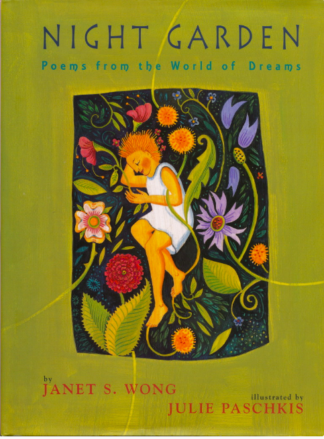
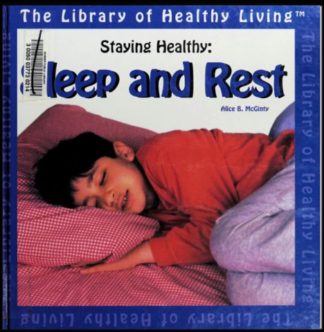
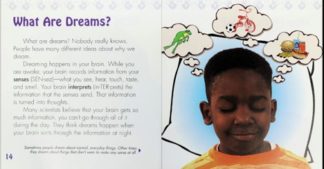
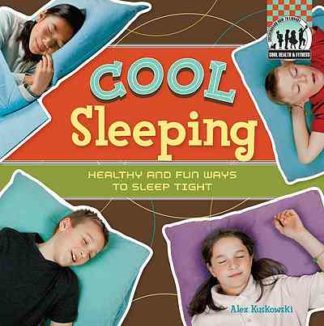
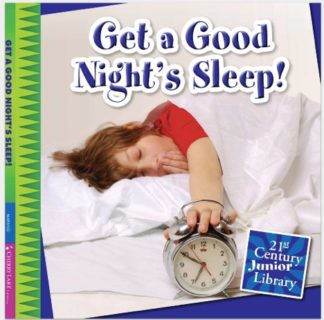
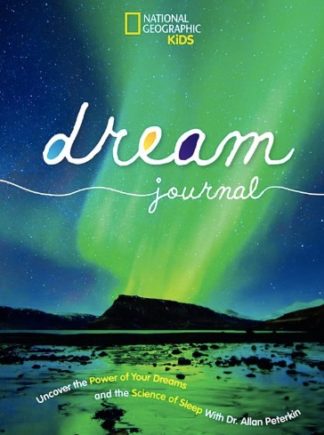
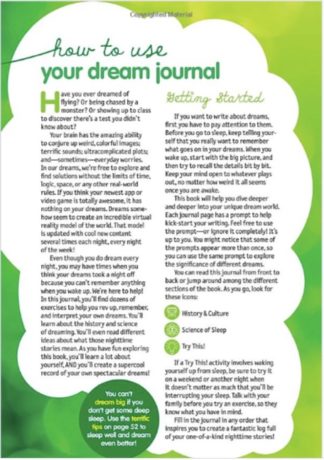
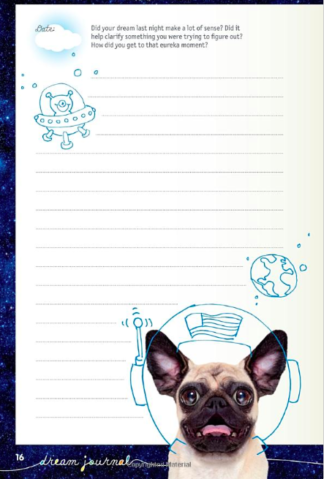

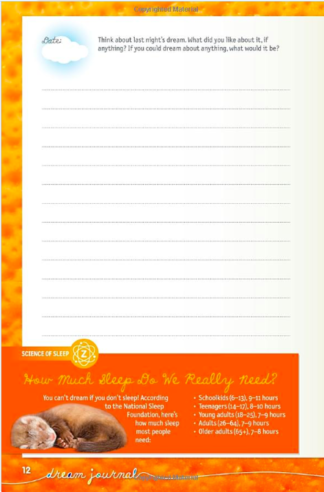


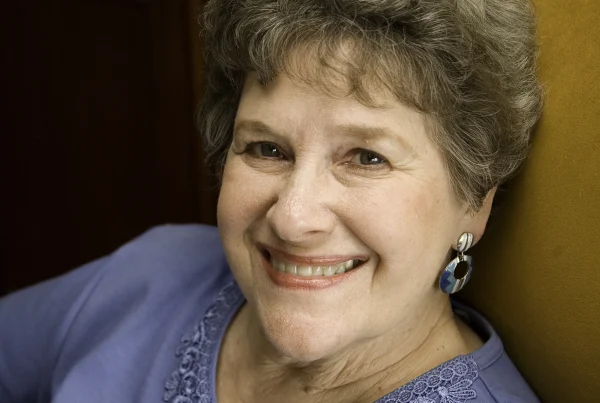
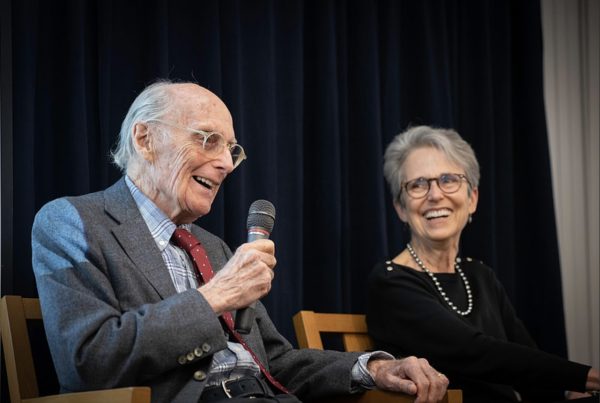


Dav Pilkey’s _When Cats Dream_ and Margaret Wise Brown’s _The Color Kittens_ are wonderful picture books. Winsor McKay’s “Little Nemo in Slumberland” comic pages have been reprinted in book form in recent years. Lewis Carroll’s “Alice” books probably need reading skills too advanced for a 7-year old to read alone, but the child might enjoy hearing them read aloud.